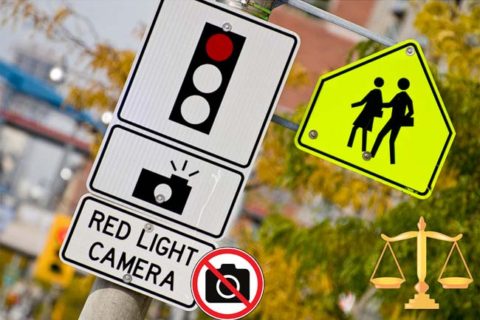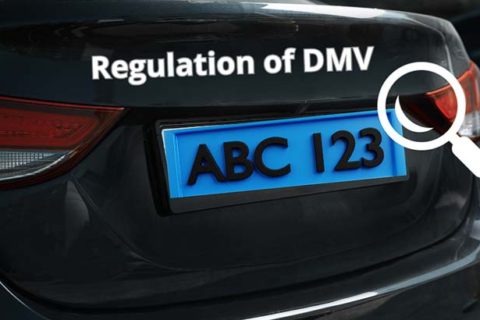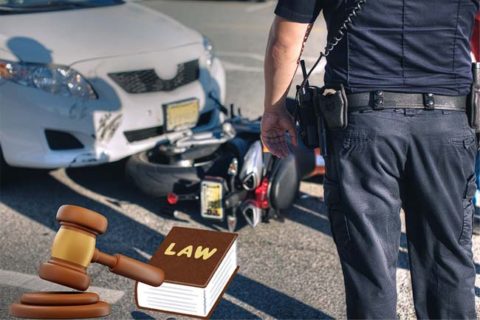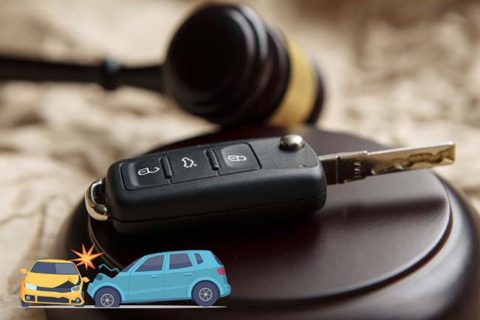When you have a vehicle, you need to follow the rules. One of the rules is related to the tint. In Virginia, one of the important things to make sure that your vehicle tint is legal is to make sure the visible light transmission rating or VLT meets the rules for the vehicle. It means that the level of lightness or darkness of the window must follow the rules in Virginia. For your information, the lower the number, the darker and more private the tint. It means that 25% VLT is darker than 50% VLT.

Why do we have to manage vehicle window tinting? It is important to keep the interior of your car cooler and also to reject the UV sunlight that may damage the inside of your car, such as ruining the look of the dashboard, upholstery, and other parts of the car that as a result, can reduce the value of your car. Besides, it is also done to make sure that all drivers can have a view which is not obstructed when driving so that drivers can see all the way around their vehicles. As a result, collisions caused by reduced visibility can be minimized.
Window Tinting Laws in Virginia
In Virginia, In 1999, car window tinting laws were enacted. Talking about tinting, there is a percentage which is allowed for visible light for your car window where it is called VLT, Visible Light Transmission. For every type of car, the percentage of light allowed through your film and glass in this state is different.
For sedans, here are the regulations of its tint darkness.
-
- For windshield, non-reflective tint is permitted above the manufacturers AS-1 line or top 5 inches.
- For side windows, more than 50% of light must be allowed to be in.
- For back side windows, more than 35% of light must be allowed to be in.
- For the rear window, more than 35% of light needs to be allowed to be in.
For SUV and vans, here are the regulations for their tint darkness.
-
- For windshield, non-reflective tint is permitted above the manufacturers AS-1 line.
- For front side windows, more than 50% of light must be allowed to be in.
- For back side windows, any darkness is able to be used.
- For rear window, any darkness is allowed to be used.
As explained on the Tinting Laws site, with medical exemptions, windshields are allowed to have 35% VLT on top 5 inches (AS-1 line) or 70% VLT across the whole windshield.
Reflection of Window Tint in Virginia
It is important for you to note that window tint is able to reflect light and reduce glare and heat. In Virginia window tint law, a certain window reflection is allowed. Here are the regulations about it.
Reflection of tint for sedans:
-
- For front side windows, it must not be more than 20% reflective.
- For back side windows, it does not need to be more than 20% reflective.
Reflection of tint for SUV and vans:
-
- For front side windows, it must not be more than 20% reflective.
- For side windows, it must not be more than 20% reflective.
Other Window Tint Regulations in Virginia
There are also other window tint regulations in Virginia as you are able to check below.
-
- For side mirrors, dual side mirrors are needed if any window is tinted.
- Yellow, red, and amber window tints are restricted colors so that these colors are not allowed.
- For tint variance, 7% variance in tint is permitted.
- Film manufacturers do not have to certify the film that they sell in this state.
- Virginia permits medical exemptions for special tints.
If someone breaks the rule and this is his or her first offense, it is categorized into class 3 misdemeanor and for the next offenses, it is class 2 misdemeanor. The punishment for a class 3 misdemeanor is not going to jail, but you will be fined up to $500. As cited from Tintwiz, a class 2 misdemeanor can be a more serious offense so that if you do that, you may be sentenced up to 6 months in jail or a fine up to $1000 or even can be punished with these two.
It is important for you to check the information related to window tint in Virginia or in your state in local DMV or law enforcement authorities so that you are able to get clear information about it.
The Rules of Windshield Tint in Virginia
In Virginia, it is legal to have a strip of windshield tint along the top of the glass. In cars, SUVs, trucks, and vans, you are able to have non-reflective window tint applied above the windshield’s AS-1 line, or if the line is not able to be identified, you can have it five inches below the top of the glass. With this strip of window film, driving will be safer because it reduces sun glare in your eyes.
The Laws for MPV Window Tint in Virginia
The laws about tint in Virginia for MPV that refers to SUVs, vans, trucks, RVs, and so on, say that it is allowed to have 50% or lighter VLT tinting on the front side windows and are permitted to have window tint of any darkness including blackout privacy tint, on rear side windows and on the rear windshield.
Legal Tints for Trucks in Virginia
According to the Rvinyl site, some vehicles such as pickup trucks, SUVs, RVs, campers, and vans are categorized into multi-purpose vehicles so that here is the rule for tint for these vehicles.
-
- For windshields, it is permitted to use only non-reflective tints above the AS-1 line.
- For front side windows, it is permitted to have 50% VLT.
- For rear side windows, there are no limitations on tints.
- For rear windows, there are also no limitations on tints.
The laws of tints can be different based on the usage of the truck or SUV. Cited from Rayno site, passenger trucks and passenger SUVs cannot have less than 50% VLT on their front-side windows, 35% VLT on their back-side windows, and 35% VLT on their back windows. For windshields that can be used by trucks and SUVs for passenger vehicles or multi-purpose vehicles, it cannot be fully tinted. However, they may be tinted above their AS-1 lines.
Well, to make sure about it, it is better for you to contact the local DMV to know the actual information about the regulations about tint for your vehicle.

A bookworm and researcher especially related to law and citizenship education. I spend time every day in front of the internet and the campus library.





